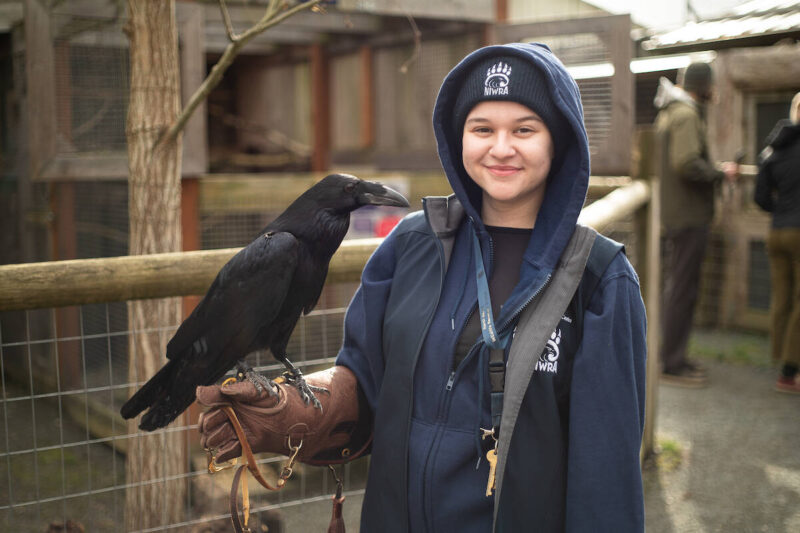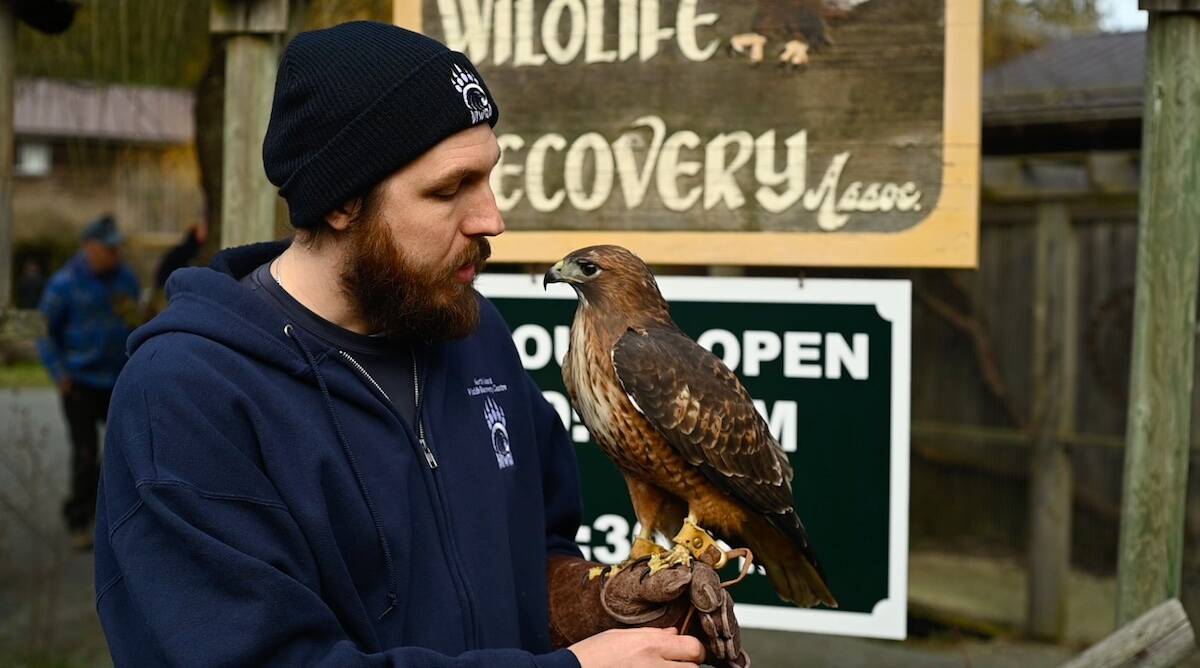If you’re out exploring the West Coast this spring, whether by foot, bike or boat, you may well come into contact with wildlife. From birds to mammals, spring’s warmer, sunnier days mean wild animals are more active and babies are abundant.
It also means that organizations that rescue and rehabilitate wildlife are at their busiest.
“Springtime is certainly the most busy time,” says Derek Downes, animal care supervisor at North Island Wildlife Recovery Centre on Vancouver Island. “We get a lot of young birds that are either orphaned or displaced and they need raising and releasing.”
What should you do if you encounter potentially injured or orphaned wildlife during your travels? The first tip is to pause before intervening and consult an expert.
“Especially with young songbirds, sometimes people intervene in a situation where they don’t necessarily need to and that goes into our mission of educating the public,” Downes says. “Anytime you have a situation, giving a rehab centre a call to guide you is the best thing, because sometimes the best course of action is getting the bird back up into the nest.”
“Songbirds on Vancouver Island fledge on the ground, so they’ll spend three to four days on the ground. Sometimes you’ll see a fully feathered bird that’s hopping around on the ground and it can’t fly but it’s not in any sort of distress, it’s just the natural progression of things.”
Sometimes when an animal is injured, it needs to be brought in. Downes says the public will often bring in small birds, but when it comes to something like an eagle or a hawk, again, it’s best to call in the experts.
“It’s a dangerous animal to contain if you don’t have the training.”
One rescue case is Mango, a red-tailed hawk found outside her nest with a major eye infection. Due to compromised eyesight and never being able to hunt or successfully survive in the wild, Mango is now a permanent resident at NIWRA.
“She’s an ambassador for her species. She comes out and does chats, she does bird talks in the summer which we run three times a week, and Mango is just a really special bird and a great friend.”
In terms of preventing baby birds from being injured in the first place, Downes has one major tip.
“Most importantly, keeping cats inside,” he says. “Cats are one of the biggest (threats to) wildlife, especially songbirds at baby season.”
It’s also baby season for black bears and NIWRA is the only facility on Vancouver Island that rehabilitates black bears. Downes’ No. 1 tip? “keep garbage contained.”
“Black bear mothers can lose up to 40 per cent of their body weight while they have been in their state of dormancy… They’re going to be very hungry.
“So simply keeping your garbage contained, only putting it out right before collection, not the night before, makes a huge difference.”
Downes also suggests cleaning barbecues and making sure pets or livestock are being fed in enclosed buildings.
According to WildlifeBC, bears are most active from April to November.
Fawns are also often spotted in late spring and can be the subject of many calls to wildlife rescue organizations because people fear they’re orphaned.
However does will often leave newborn fawns on their own for the first while, returning periodically to feed them. Because does are born without a scent, the mother will forage and sleep away from fawns initially, to protect them from predators, explains the Urban Wildlife Stewardship Society.
Again, best practices are to call the local wildlife rescue for advice before making any attempt to touch or move the fawn.
– with files from Jennifer Blyth












 Memories are made of this! Enter to win an Autumn Escape in Harrison, B.C.
Memories are made of this! Enter to win an Autumn Escape in Harrison, B.C.